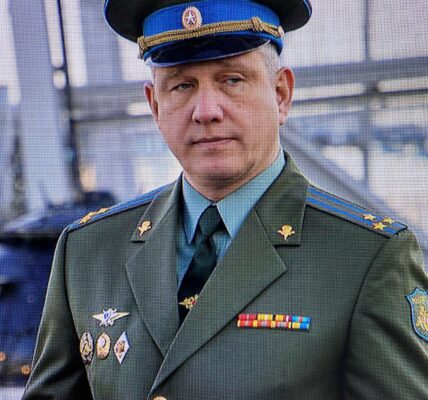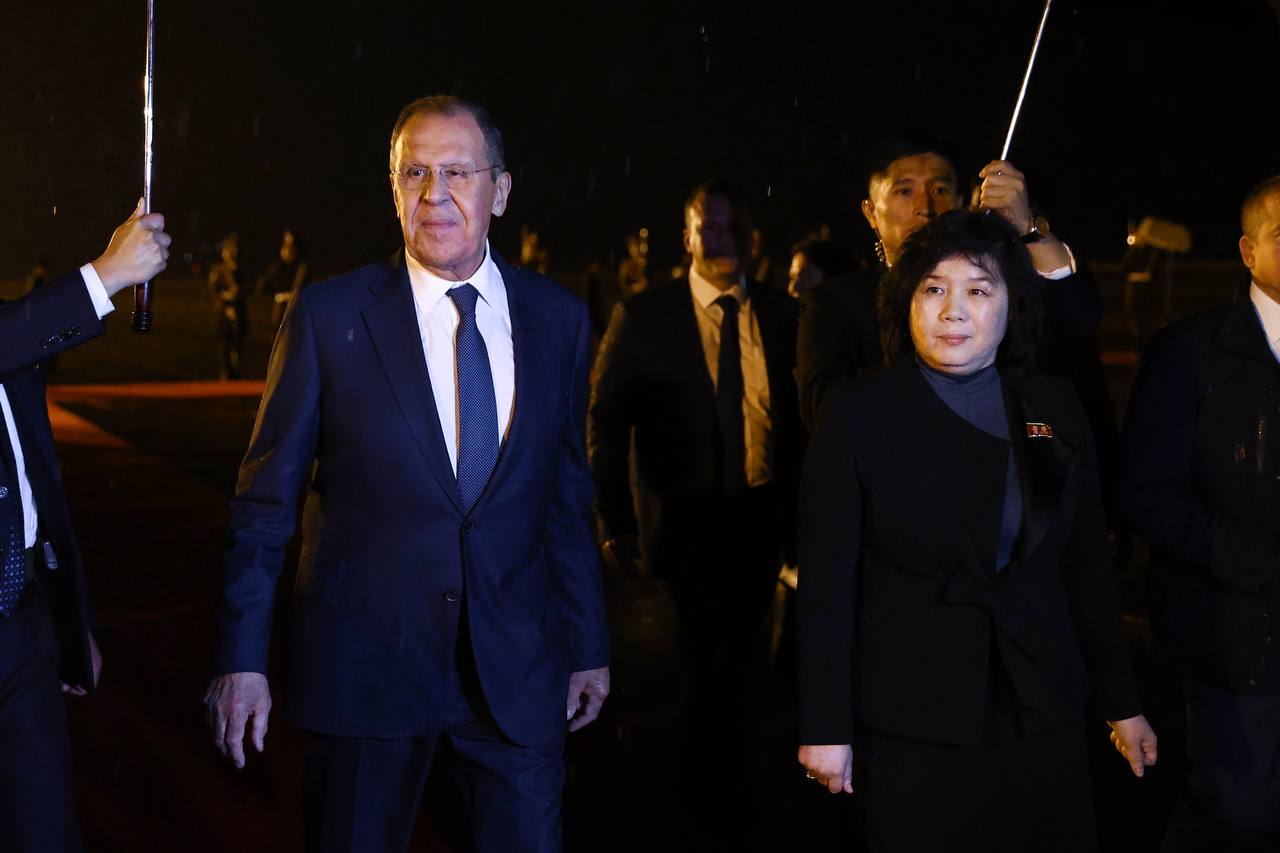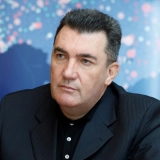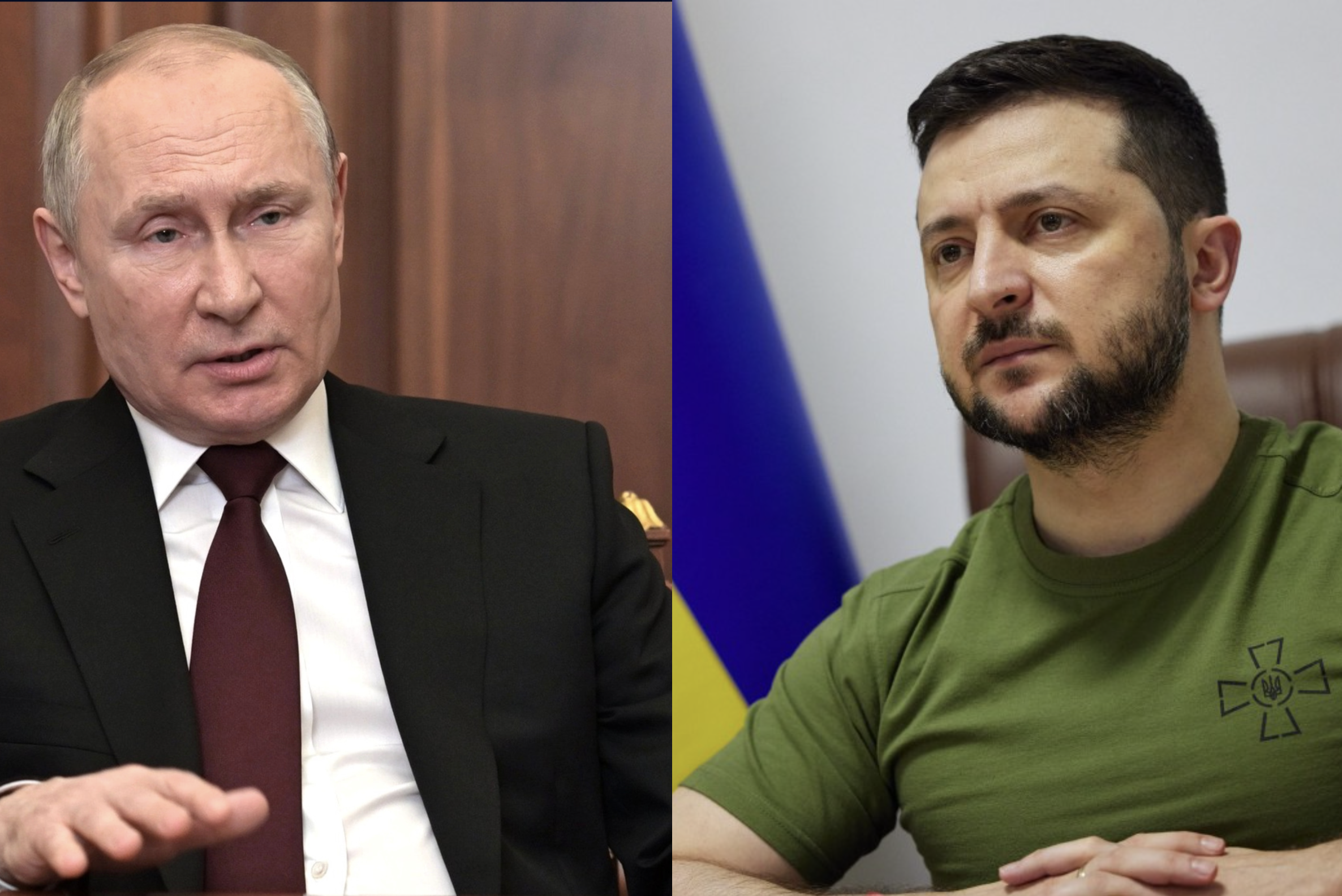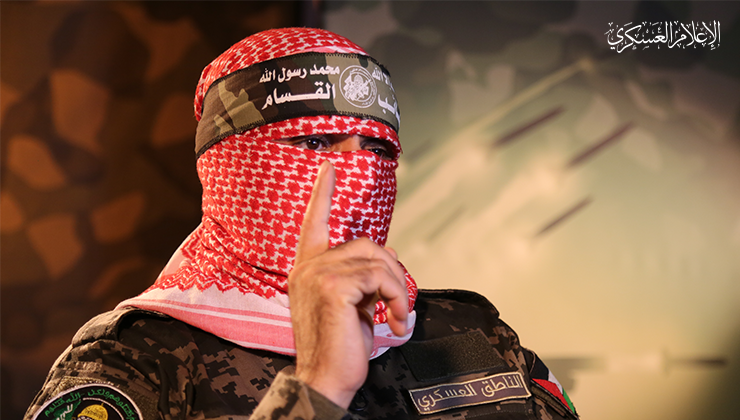
Guest Post by Paul J. Redmond
This story was originally published by FBI Studies, 10 July 2023.
Paul J. Redmond served 34 years in the Central Intelligence Agency (CIA)’s Clandestine Service, operating primarily against the Warsaw Pact/Eastern European countries and the Soviet Union. He served as Deputy Chief of the CIA’s Counterintelligence Center from 1991 to 1995, where he led the CIA’s investigation that identified Aldrich Ames. In 1995, Director of Central Intelligence John Deutch appointed Redmond as the Associate Deputy Director of Operations for Counterintelligence. After retiring in 1997, he was appointed Assistant Secretary for Information Analysis at the Department of Homeland Security. Redmond was a consultant to the National Counterintelligence Executive and the Department of Energy, where he conducted counterintelligence reviews of the department’s laboratories. He also served on the Robert Hanssen and Katrina Leung Damage (People’s Republic of China Ministry of State Security double agent run against the Federal Bureau of Investigation) Assessment Teams. This article does not reflect the views of the Central Intelligence Agency or any U.S. government entity.
This article appeared in the International Journal of Intelligence and Counterintelligence on Vol. 36, Number 2, Summer 2023.
–
This review of Robert Baer’s book, The Fourth Man, is by the retired Central Intelligence Agency (CIA) officer the author accused of spying for the Russians. Where possible, information comes from several authoritative, independent sources in judging the validity of this review. Among the many former colleagues who have come forward to offer assistance in reaction to this book is Lucinda “Cindy” Webb, former chief of CIA Counterintelligence. She has been of tremendous help in recalling, raising, and articulating issues based on her 32-plus years of experience in the intelligence and counterintelligence business.
HISTORIC CONTEXT
In mid-1960, when I joined the then Soviet Bloc (SB) Division of CIA’s Operations Directorate, the division was paralyzed by the belief that all of the operations it was running, or trying to run, were controlled by the State Committee for Security (KGB). This risky, paranoid state of affairs, known as “the Monster Plot,” was caused by James Angleton, chief of CIA Counterintelligence, who had an almost religious belief that the KGB had penetrated the CIA. His view was shared by SB Division management. In addition to the paralysis, the careers of several officers falsely suspected of spying were ruined. This period of the CIA’s history has been written about and endlessly discussed in such books as Wilderness of Mirrors by David Martin and Cold Warrior by Tom Mangold.1 Some aspects are still debated today.
The best way to sum up the Kafkaesque atmosphere of the time is the often-repeated story from David Blee. He was a veteran intelligence officer assigned to head the SB Division with a mandate to break the paralysis and get it back in business. Angleton was still chief of CIA Counterintelligence, and therefore, on taking office, Blee had to receive a briefing on how the KGB penetrated the agency. When it was over, Angleton took Blee to meet his primary assistant, Edward Petty, for more details. Petty sat Blee down in his office, closed the door, and said seriously, “It’s Angleton who is the spy.”
The Monster Plot hampered the initial efforts to find the spy, who turned out to be Aldrich Ames. When the SB Division started losing cases wholesale in the mid to late 1980s, there was an analytical effort to identify the cause. This investigation concentrated on such possibilities as penetration of communications, KGB tracking of rubles (i.e., agent payments), and other primarily technical factors. After thinking about this for years, I became convinced that the senior officers in charge, who had seen at close hand the damage to the CIA and Angleton’s destruction of careers of innocent officers, were psychologically disinclined to look systematically for a human penetration. This problem was not unique to the United States. In Australia, Canada, and Great Britain there have been appalling examples of intelligence services going off the rails because of a false conviction that an officer was a Soviet spy.
THE INVESTIGATION WE STARTED IN 1991, WHICH LED TO AMES, CONCENTRATED ON PEOPLE
It appears that whatever syndrome drove the Monster Plot is at work in Mr. Baer’s book. The book is based on his sources’ conviction (Baer even uses the word “obsession”) that I was a “master spy” for the KGB, and those sources use everything possible to try to make their case. This book is a case study of the dangers of “confirmation bias.” Thus, Baer has produced a book filled with falsehoods, distortions, incorrect assumptions, and misinterpretations.
To provide some coherence, this brief review will describe several themes and events that Baer and his sources examine, plus a category of factors and contraindications that I could be a spy, which the book ignores or downplays.
ASSERTION: NOVEMBER 1994 MATRIX BRIEFING AND THE FOURTH MAN
Baer reports that Laine Bannerman, chief of the Special Investigations Unit (SIU), successor investigative unit to that which identified Aldrich Ames as a spy, had a firm belief that data from a matrix she presented in a November 1994 briefing to myself (the deputy chief of the CIA’s Counterintelligence Center [CIC]) along with Edward Curran, a senior Federal Bureau of Investigation (FBI) official brought into CIA in the wake of the Ames case to head the CIC’s Counterespionage Group (CEG), and several others pointed to one person as a spy—me.2 Upon hearing this, the book states, I “stormed” out of the room in a made-for-movie fashion. As a result, it became clear, if unspoken, to those in the room that I was the spy.
RESPONSE
Most of the critical elements in the matrix came from a CIA source identified in the book as “Max.” Bannerman clings to, and Baer uses, the 1994 matrix story as a lynchpin of the book. It neglects to say that it later became clear that Max’s lead information was mistaken. The spy he had heard about was Robert Hanssen, a senior official with the FBI.
Edward Curran, listed by Baer as present at the meeting, has no recollection of such a briefing pointing to one person, nor does he recall ever being briefed that I was the prime candidate. He recently said, “After leaving CEG/CIC, I went back to the FBI as the Section Chief of the Russian Section. I knew every case we had worked on, every case we were working on, and any future cases. Paul’s name was never mentioned.” Additionally, I have no memory of such a meeting.
Every knowledgeable counterintelligence officer has raised the question, “If, as Baer claims, Bannerman’s briefing clearly pointed to Paul Redmond as a spy, why would they have included me in the briefing in the first place?” At the time, the CIC management said that she never relayed her suspicions to them.
Bannerman focuses on me because Max’s information pointed to someone who attended exclusive Directorate of Operations division chiefs staff meetings—indicating the spy he had heard about was a very senior officer. This is a flawed analysis. Such high-level meetings were attended by dozens of people below the senior level, notes were taken, and information was passed on to the working level.
Baer writes that Max revealed that the spy had access to 3 × 5 cards describing operational sites in Moscow, which Bannerman uses to point to me because I was chief of the USSR Branch in 1984 and 1985. None of the knowledgeable officers to whom I have spoken have a recollection of such cards. A senior officer who served in that branch and was one of Max’s early handlers states the first time he heard of such cards was in Baer’s book. Another officer assigned to the USSR Branch for two years in the early-mid 1980s and worked on maintaining the operational site descriptions has no recollection of such cards.
Bannerman points another finger of suspicion at me for failing to do my name traces, nor ordering files for myself, in her view, to avoid being on a bigot list. At the risk of sounding elitist: I, at that stage of my career, did not know how to do a good trace, always relying on one expert officer on the rare occasions I needed one. In addition, I had no idea how to order a file.
REDMOND AS CI DISRUPTER: I CLOSED DOWN THE SPECIAL INVESTIGATION UNIT TO PROTECT MYSELF
Bannerman claims I had a “vendetta” against her and closed down the SIU because I feared it was closing in on me as a spy. On the contrary, the SIU never closed down. Bannerman was replaced with more effective leadership, and the unit significantly expanded to manage more espionage leads. Under Mary Sommer, who replaced Bannerman, the SIU, working with the FBI, contributed to uncovering several spies, such as Robert Hanssen, Earl Pitts, and Harold Nicholson.
As background, in the aftermath of the Ames case, President Clinton mandated in Presidential Decision Directive 24 that an FBI officer permanently staff the position of chief of CIA’s CEG. Section 811 in the FY [Fiscal Year] 1995 Intelligence Authorization Act mandated that the FBI be informed immediately of any indication that classified information is or has been disclosed unauthorized to a foreign power.
Bannerman refused to abide by this new, post-Ames way of doing business. In the book, Baer refers to this situation by quoting Edward Curran from David Wise’s counterintelligence book: “[She was] very protective of the CIA. She thought she was in charge and would decide what the FBI got. We had to resolve that right away. We immediately had conflicts. She’s trying to protect the Agency’s jewels, and we’re trying to investigate.”3
I recall being told of the problem and sympathizing with Bannerman since some of the younger FBI special agents (not Mr. Curran) behaved boorishly and, as I put it at the time, “came into CIA like the Panzers into Poland.” After a battle of about nine months, Bannerman precipitated her removal as head of the SIU by officially requesting that she no longer be required to report to Mr. Curran. Even Baer writes, “Since Bannerman stood her ground with the FBI, refusing to allow it to more widely expose the CIA’s sensitive Russian agents within the FBI, Edward Curran was forced to replace her with Mary Sommer…”4 Thus, the decision to remove Bannerman was made by the chief of CEG, Mr. Curran, who had the full support of his two CIA deputies, John Turnicky and Lucinda Webb, and the chief of CIC, John Hall. I was not Bannerman’s supervisor, as the book continually implies—Webb, Turnicky, and Curran were her direct chain of command.
MASTER CONTROLLER OF RUSSIAN OPERATIONS AND INFORMATION
Bannerman claims I ran Russian operations out of my back pocket to control operations and investigations that might expose me as a spy. Also, she alleges I prevented CI reporting from being written up and entered into databases. Those allegations are also incorrect.
Bannerman ignored the degree of compartmentation imposed on Soviet operations after Russian sources were compromised in the mid-1980s. Soviet–East European Division management under Burton Gerber and Chief of Counterintelligence Gus Hathaway consciously decided that there must not be a repeat of the James Angleton era. The division must stay in business.
I worked with leadership and case officers handling new sources to impose unprecedented, draconian compartmentation on the management, communication, and dissemination of information for new operations starting up. Headquarters management of Russian operations was confined to the “back room,” a very small group of people headed at first most effectively by Diana Worthen (later a member of Bannerman’s SIU, and a source of Baer’s). This tight way of doing business allowed the CIA to acquire and run new Soviet sources, one of which contributed to the identification of Ames and Hanssen, even while Ames, not yet identified, was working in a place for the KGB in CIA Headquarters.
It seems Bannerman leaped to the conclusion, which Baer repeats, that I was running all these operations out of my back pocket because she did not know all the details. Her ignorance was the result of the very tight compartmentation described above. In several examples of my alleged “back pocket” operations, Baer either gets the facts wrong or applies a sinister implication to them. They fall apart when reviewed against the actual case facts. Here are three examples:
- Mr. X: Baer goes to some length to focus suspicion on my travel abroad to handle a volunteer spy, presumably to control the case.5
- The Facts: The CIA station involved made a devastating mistake in sending a cable to CIA Headquarters describing a “write-in” volunteer—ostensibly from the KGB—who claimed CIA’s communications were compromised. If a potential source tells you your communications are compromised, you do not put that information into a cable. Director of Operations Clair E. George, vociferously irate over the station’s error, ordered me face-to-face to travel to that station immediately—that day—to take over the case. For the case duration, I operated under Mr. George’s personal and detailed direction. The volunteer was never met personally and turned out to be a Russian misinformation operation to distract the CIA from Ames.
- Vasiliy Mitrokhin: Baer cites Bannerman’s suspicion that I refused to allow the “Mitrokhin Archive” into “any database” as evidence I was trying to protect myself.6
- The Facts: I was deputy chief of the CIC when I learned that Vasiliy Mitrokhin had approached the British after being turned away by the Soviet–East European Division. Mitrokhin was an archivist in KGB headquarters who defected with hundreds of documents on KGB operations worldwide, several of which were sensitive ongoing espionage cases involving Americans. After confirming Mitrokhin was in British hands, I, together with the FBI, arranged with the British for access to the Mitrokhin archives. I set up a small group in the CIC, including an FBI translator to handle the product. My British colleagues and I did agree to keep the information closely held. At the same time, this goldmine was translated, prioritized, and investigated, and all the information was put into its compartmented database in the SIU. This was a massive feat with tremendous results. Ultimately, after the investigations were concluded, Mitrokhin put much of his information into a fascinating book, The Mitrokhin Archive: The KGB in Europe and the West, which he coauthored with Christopher Andrew.7
- Dulles Airport Meeting: Baer writes that I went out to meet a case officer at the airport who was returning with reporting from a sensitive agent meeting: “Redmond would drive out to Dulles and intercept Sulick gate side then grill him on the drive back to Langley.”8
- The Facts: This leaves the reader to conclude sinister motives by eliminating key details for an accurate, rational explanation. The case officer, Michael Sulick, confirmed that I did pick him up at the airport. I was accompanied by Mr. William Lofgren, the Central Eurasia Division chief at the time (Mr. Baer’s former boss and a key source in the book). We took Mr. Sulick directly to CIA Headquarters to brief the CIA director and executive director on the sensitive reporting—an example of how closely the CIA’s senior leadership was following these sensitive operations and investigations.
EXCULPATORY FACTORS
The author and his sources either ignore or downplay exculpatory factors, which would indicate I am not a spy. Here are a few examples. If I were a spy, would I have
- launched in 1991 the major espionage investigation that would lead to the arrest of Aldrich Ames and invited the FBI to participate?
- Created a new unit under Ms. Bannerman to look at leads not cleared up by the uncovering of Ames?
- Pushed aggressively for the recruitment of Russian intelligence officers, in direct opposition to my immediate supervisor, Milton Bearden, the division chief in charge of Russian operations—an effort that led to my removal from my position as deputy chief of the division?
- Obtained funding for and set in motion a robust and effective counterintelligence training program for the CIA?
- Allowed to continue to exist two sources mentioned in the book, Max and Adolph, who as SVR (Russian external intelligence service, successor to the First Chief Directorate of the KGB) counterintelligence officers, would have been a direct threat to me, were I a spy?
In conclusion, this book has no merit. It sadly illustrates that, unfortunately, whatever factors contributed to what may be called the “Angleton Syndrome” are still pervasive today among some former intelligence officers. Those factors have the same destructive effect. In addition to slandering me, Robert Baer insults all intelligence officers engaged in the very, very difficult business of counterintelligence. While reading this book, I am reminded of the old saying, “If you are a hammer, everything looks like a nail.” Today’s officers have run and, I hope, will continue to run counterintelligence operations and investigations rationally without becoming a hammer.
REFERENCES
Additional information
Paul J. Redmond
Paul J. Redmond served 34 years in the Central Intelligence Agency (CIA)’s Clandestine Service, operating primarily against the Warsaw Pact/Eastern European countries and the Soviet Union. He served as Deputy Chief of the CIA’s Counterintelligence Center from 1991 to 1995, where he led the CIA’s investigation that identified Aldrich Ames. In 1995, Director of Central Intelligence John Deutch appointed Redmond as the Associate Deputy Director of Operations for Counterintelligence. After retiring in 1997, he was appointed Assistant Secretary for Information Analysis at the Department of Homeland Security. Redmond was a consultant to the National Counterintelligence Executive and the Department of Energy, where he conducted counterintelligence reviews of the department’s laboratories. He also served on the Robert Hanssen and Katrina Leung Damage (People’s Republic of China Ministry of State Security double agent run against the Federal Bureau of Investigation) Assessment Teams. This article does not reflect the views of the Central Intelligence Agency or any U.S. government entity.
Notes
1 David C. Martin, Wilderness of Mirrors (HarperCollins, 1980); Tom Mangold, Cold Warrior—James Jesus Angleton: The CIA’s Master Spy Hunter (Simon & Schuster, 1991).
2 Baer, The Fourth Man, pp. 177–180.
3 Ibid., p. 196, which appears from David Wise, The Spy Who Got Away: The Inside Story of Edward Lee Howard, the CIA Agent Who Betrayed His Country’s Secrets and Escaped to Moscow (New York: Random House, 1988), p. 173.
4 Baer, The Fourth Man, p. 190.
7 Christopher Andrew and Vasili Mitrokhin, The Mitrokhin Archive: The KGB in Europe and the West (London: Penguin Books, 2018).



